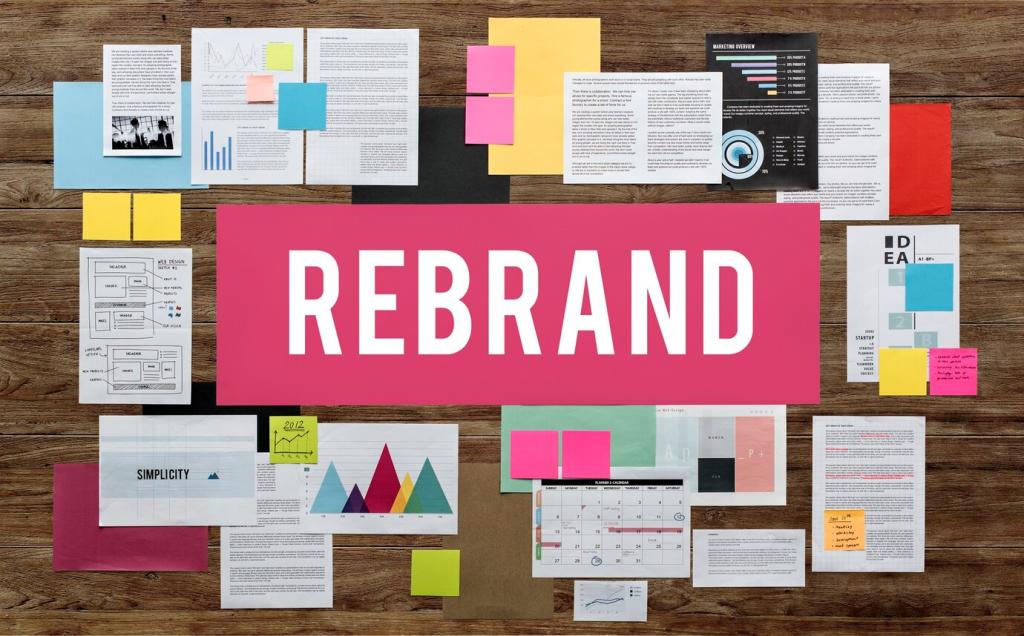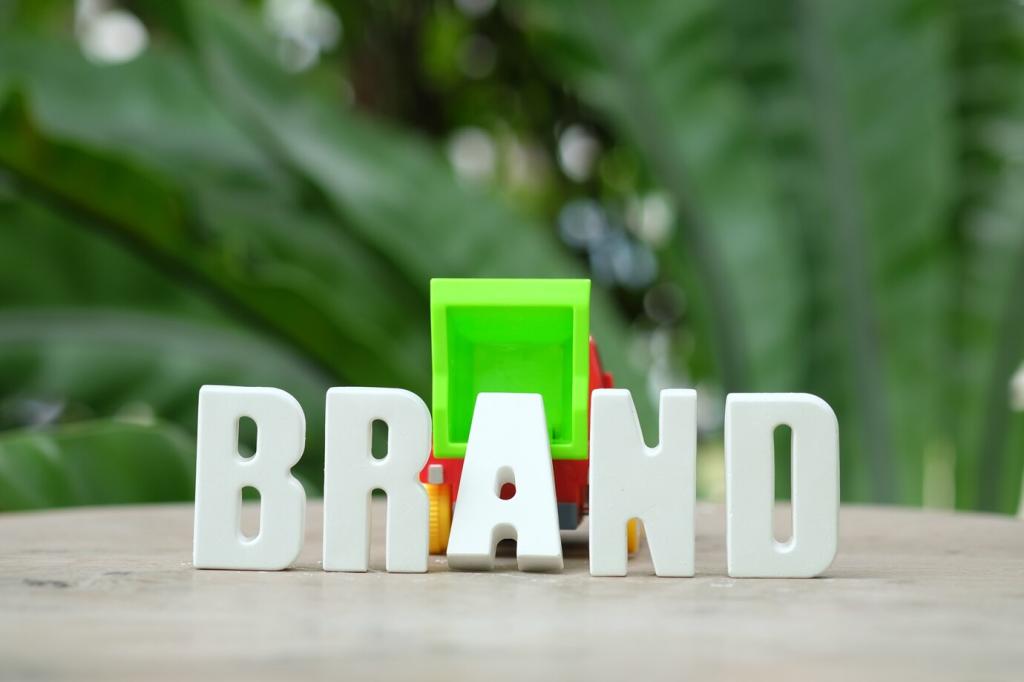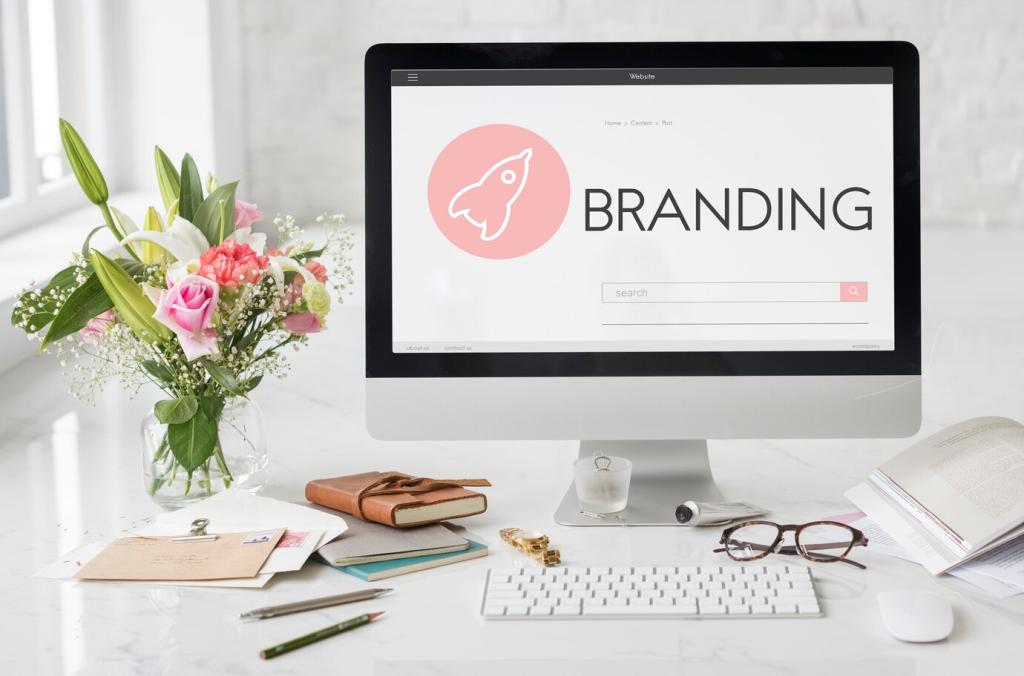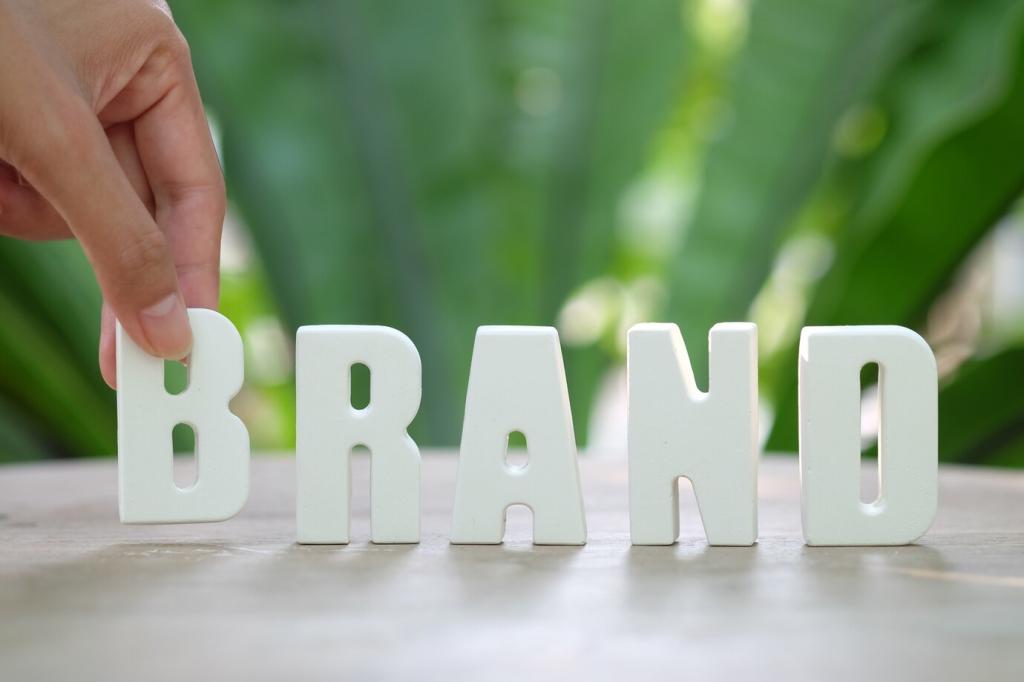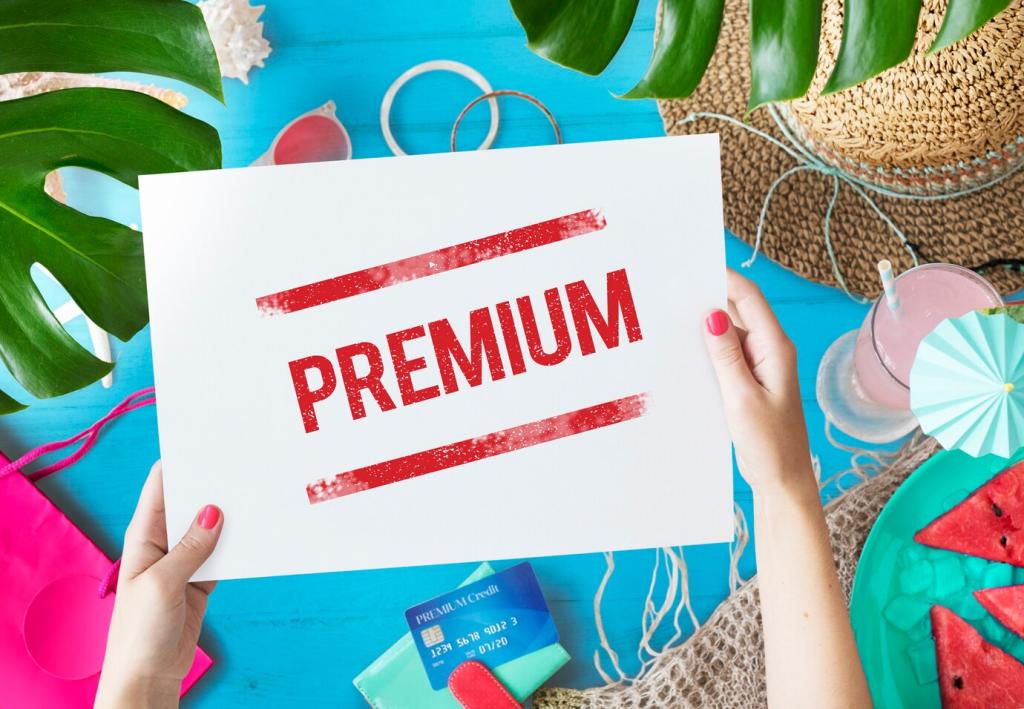Content and Authority: Earn Mentions That Matter
Create a Stain Removal Index based on anonymized customer questions, or a Wood Care Seasonality Report that forecasts common issues by month. Include clear methodology and visuals. When interior publications or home bloggers cite your findings, they naturally reference your brand, reinforcing credibility and discoverability together.
Content and Authority: Earn Mentions That Matter
Partner with interior designers, upholstery schools, and sustainable materials researchers to co create guides and webinars. Share practical, test backed advice and safety practices. These partnerships expand reach, spark new content ideas, and deepen topical authority, especially when each contributor brings a distinct material specialty or technique experience.

